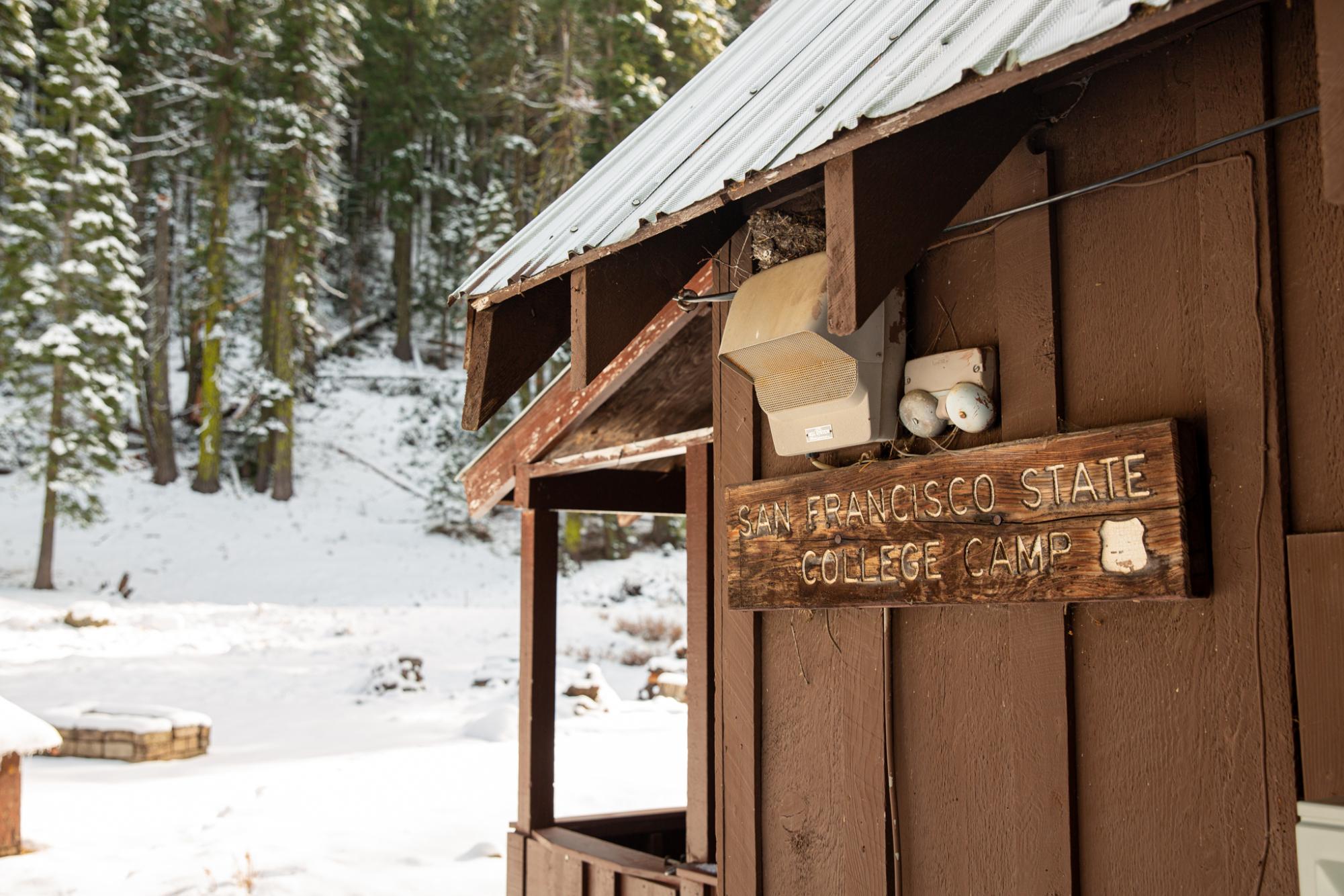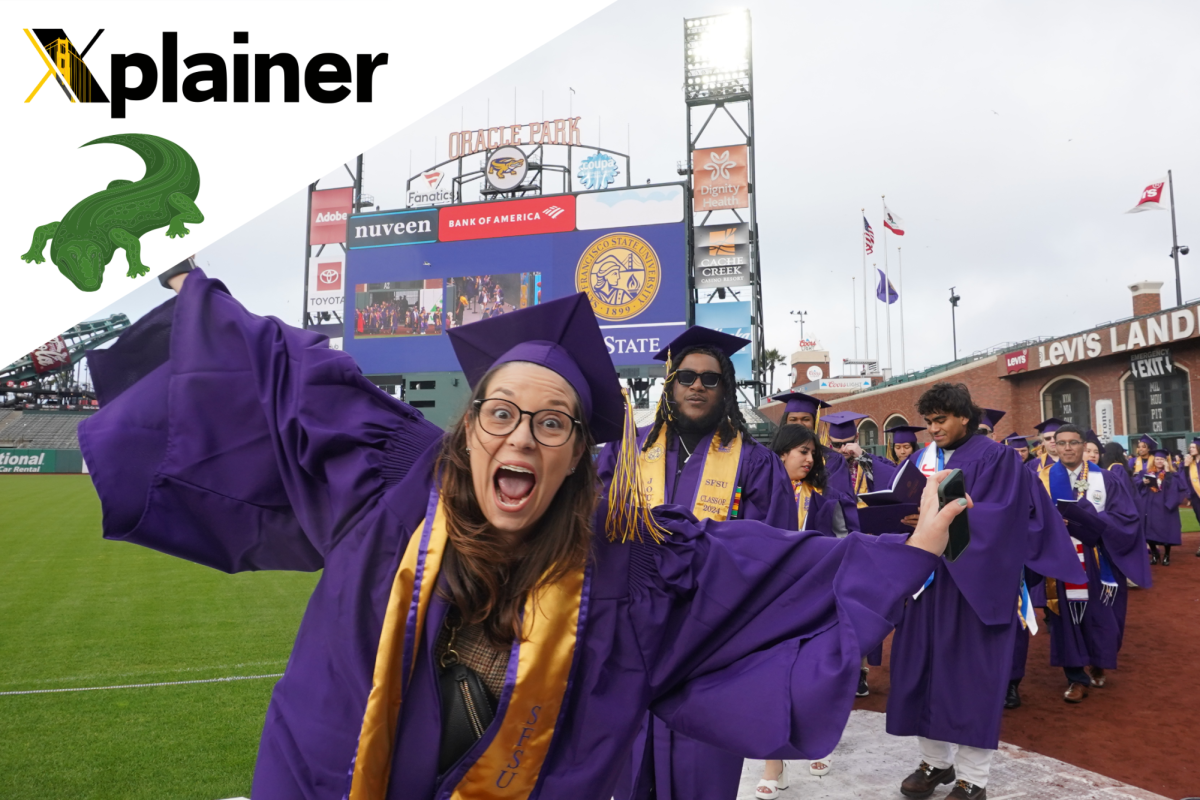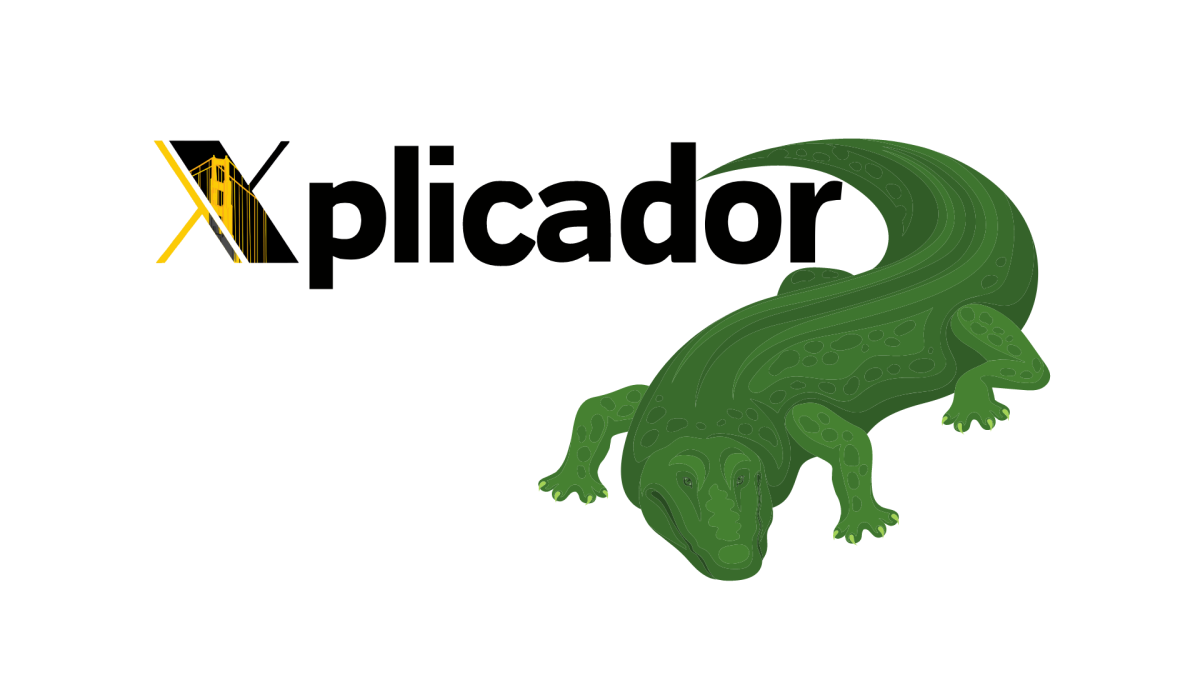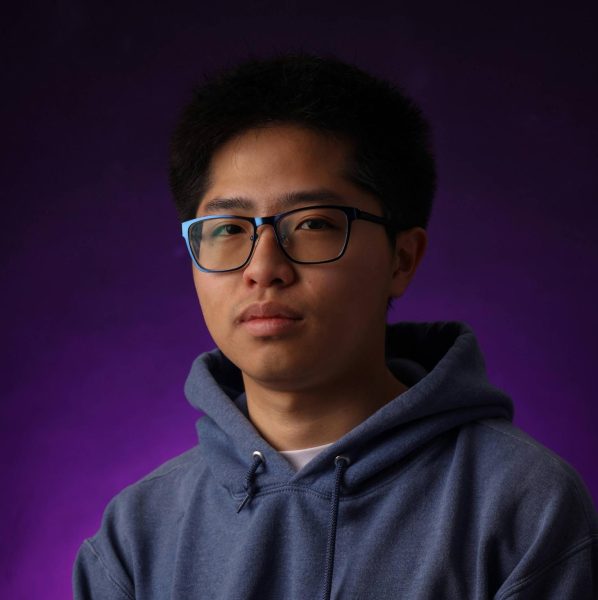
Conifers and oaks surround San Francisco State University’s Sierra Nevada Field Campus, with the North Yuba River running through it. Painters set up easels alongside river banks, mycologists lead expeditions through pine-scented forests and astronomers gather in darkness to study the night sky. From the end of May to the beginning of September, this remote outpost in Sierra County transforms into a learning community.
The campus serves as both a classroom and laboratory, where the surrounding National Forest lands become course materials for subjects ranging from bat ecology to watercolor technique, and where the dining hall feeds professional researchers, creative artists, and curious students — who are all drawn to this place where wilderness and education have mingled for three-quarters of a century.
Where is it?
According to Director Darrow Feldstein, the Sierra Nevada Field Campus is located on Highway 49, about 200 miles northeast of SFSU’s main campus in Sierra County, near the Sierra Buttes and the North Yuba River.
It’s about an hour north of Lake Tahoe, in what’s known as the “Lost Sierra” region at the northernmost part of the Sierra Nevada range, along Highway 49 which connects Grass Valley/Nevada City to Reno.
North of the campus, there’s a scenic area called the Lakes Basin, with views of mountains, lakes and trails. To the east, there’s the Sierra Valley, one of the biggest sub-alpine meadows. It’s hundreds of square miles and a huge bird stopover and many classes go there. To the west is part of the western slope of the Sierra Nevada mountains. To the south is the Tahoe National Forest.
When is it open?
Feldstein says the campus is open from Memorial Day weekend to Labor Day weekend. It operates 24/7 during this period, with occasional days off for staff breaks.
How big is the campus?
The campus is 7.10 acres according to a copy of permit issuance documentation obtained by Golden Gate Xpress.

What’s on the campus?

According to Feldstein, the campus has three main buildings:
- A large dining hall serving three meals a day, with a classroom space
- A director’s cabin
- A staff cabin
Additionally, there are:
- 18 tent platforms for camping (tents are available to rent or visitors can bring their own)
- Two bathhouses with bathrooms and outdoor showers
- A well with a large tank providing drinking water
According to University Archives documents, Victor York, an assistant professor of leisure studies, designed the buildings and pool.
What’s taught there?
According to the campus’s website, there are accredited classes through the College of Professional & Global Education (CPaGE) and non-credit workshops through the University Corporation. Classes were available from June to August this year and will be available around the same time next year. Classes typically run five days (Sunday to Friday) or weekends (Friday to Sunday).
There’s a variety of subjects offered including:
- Natural sciences (biology, astronomy, geology)
- Arts (painting, photography, woodblocks)
- Outdoor skills (fly fishing, tracking)
The campus offers about 35-40 different courses throughout the summer. Registration for Summer 2025 will open in late January. The courses are designed to be accessible to the public — you don’t need to be a student to take classes, and you can take credit courses without earning credits if desired.
How is it funded?
According to Feldstein, it used to be funded primarily through donations, but now it’s mostly funded by its summer workshops and programs.
Also, a nonprofit called Friends of the Sierra Nevada Field Campus collects donations to the campus.
When and how was the campus established?
It was established in 1949.
Feldstein said J. Paul Leonard, SFSU’s fifth president, had a summer home in the area along Highway 49, which influenced the location choice. It was established through negotiations with the U.S. Forest Service for land adjoining the North Yuba River.
How has it changed throughout its 75 years of operation?
According to University Archives documents, it started as a training facility for recreation leaders in 1949 and was named Camp Leonard. In 1951, it added a children’s camp with San Francisco State College students as counselors. Showers, toilets and plumbing were installed in 1953. In 1961, the first three-unit course (in biology) was taught there.
According to its website, it began to transition from a summer children’s camp to a college-wide field campus in 1970 under the leadership of William Hammerman.
According to course listings in University Archives, in the 1970s, the campus offered six to 12-week-long courses, primarily in geology and ecology. The focus has shifted to shorter programs like weekend camping trips and week-long workshops.
The campus itself hasn’t changed much. According to Feldstein, the three buildings there now were there when the campus began operations.

What challenges does the campus face?
Feldstein says its remote location makes repairs difficult. The aging infrastructure also requires significant financial investment for maintenance and potential replacement.
The campus buildings, constructed 75 years ago, are showing their age and have required frequent repairs. The harsh environmental conditions, with heavy snowfall in winter and intense sun in summer, accelerate wear and tear.
Another challenge is getting people to the campus. There are no public transit options near the campus. Feldstein is trying to raise funding for a van so students can be driven to the campus if they can’t transport themselves.
Some courses needed for degrees were available to be taken at the campus in the 1970s, according to archived documents. Now, it only offers workshops and shorter programs. Feldstein plans to work with the university to see if longer courses toward degrees could be offered, since that may bring more people to the campus.
Editor’s note: This story was updated to remove archived photos that were taken at a different place.








